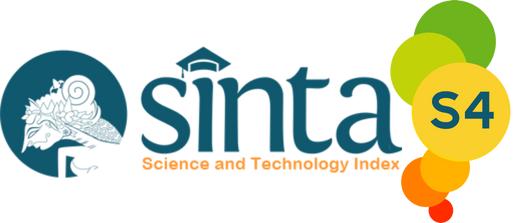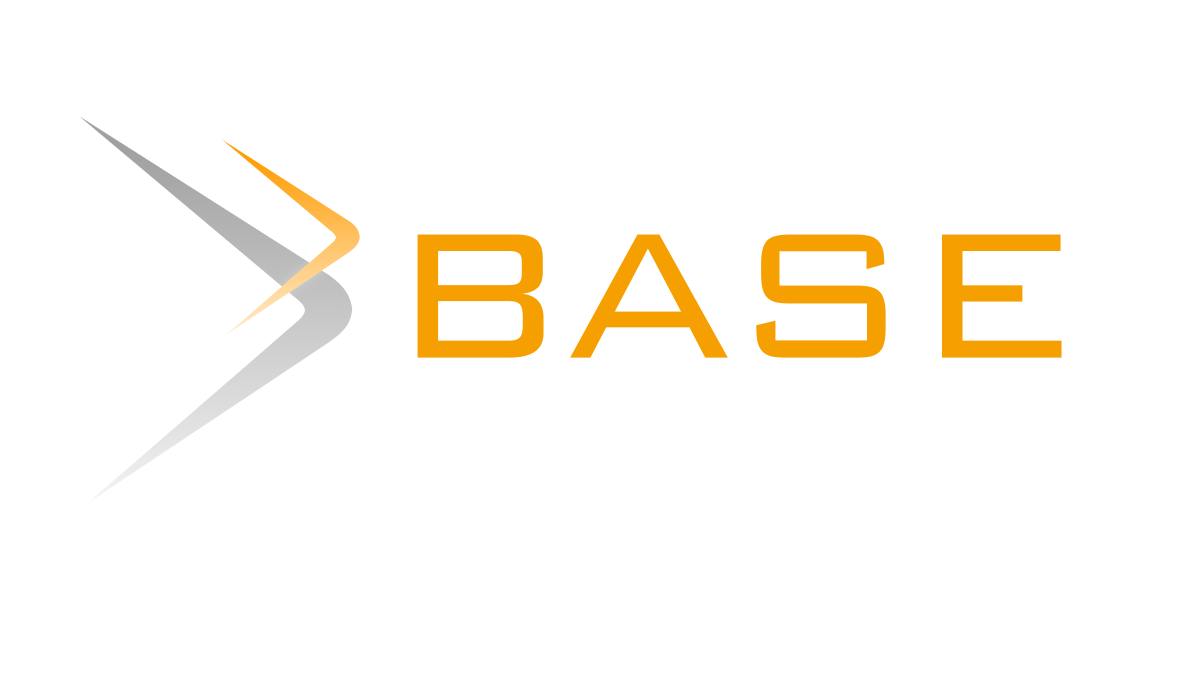Analysis Of Complex Shear Modulus Asphalt (G*) And Phase Angle (δ) On 60/70 Penetration Asphalt With The Additiion Of Mask Waste Content
DOI:
https://doi.org/10.37253/jcep.v4i2.8779Keywords:
Complex shear modulus asphalt; phase angle; performance gradeAbstract
The threat to the environment posed by carelessly discarded masks creates a new approach to reduce mask waste generated during the pandemic by recycling. The purpose of this study is to determine the increase in the mechanistic properties of asphalt, so that mask waste can be used as an additive for asphalt, ultimately reducing mask waste generated during the Covid-19 pandemic. Testing mechanistic rheological properties of asphalt using Dynamic Shear Rheometer (DSR) tool. The results showed that 60/70 penetration asphalt added with mask waste with a variation rate of 0% to 3% for the value of the complex shear modulus asphalt (G*) will increase along with the addition of mask waste levels. The phase angle value decreases at the same temperature as the mask waste increases. The temperature value at performance grade (PG) increases along with the increase in mask waste levels.
Downloads
References
[2] R. Maderuelo-Sanz, P. Acedo-Fuentes, F. J. GarcÃa-Cobos, F. J. Sánchez-Delgado, M. I. Mota-López, dan J. M. Meneses-RodrÃguez, “The recycling of surgical face masks as sound porous absorbers: Preliminary evaluation.,†Sci. Total Environ., vol. 786, hal. 147461–147461, Apr 2021, doi: 10.1016/J.SCITOTENV.2021.147461.
[3] N. J. Rowan dan J. G. Laffey, “Unlocking the surge in demand for personal and protective equipment (PPE) and improvised face coverings arising from coronavirus disease (COVID-19) pandemic – Implications for efficacy, re-use and sustainable waste management,†Sci. Total Environ., vol. 752, Jan 2021, doi: 10.1016/J.SCITOTENV.2020.142259.
[4] M. A. Royo-Bordonada, F. J. GarcÃa-López, F. Cortés, dan G. A. Zaragoza, “Face masks in the general healthy population. Scientific and ethical issues,†Gac. Sanit., vol. 35, no. 6, hal. 580, Nov 2021, doi: 10.1016/J.GACETA.2020.08.003.
[5] S. Ilyas, R. Srivastava, dan H. Kim, “Disinfection technology and strategies for COVID-19 hospital and bio-medical waste management,†Sci. Total Environ., vol. 749, hal. 141652, Des 2020, doi: 10.1016/J.SCITOTENV.2020.141652.
[6] M. Novena, “Jadi Limbah Selama Pandemi, Ahli Bakal Bikin Jalan Pakai Masker Halaman all - Kompas.com,†2021. https://www.kompas.com/sains/read/2021/02/09/080500023/jadi-limbah-selama-pandemi-ahli-bakal-bikin-jalan-pakai-masker-?page=all (diakses 20 Oktober 2022).
[7] M. Boroujeni, M. Saberian, dan J. Li, “Environmental impacts of COVID-19 on Victoria, Australia, witnessed two waves of Coronavirus,†Environ. Sci. Pollut. Res. Int., vol. 28, no. 11, hal. 14182, Mar 2021, doi: 10.1007/S11356-021-12556-Y.
[8] S. Kilmartin-Lynch, R. Roychand, M. Saberian, J. Li, dan G. Zhang, “Application of COVID-19 single-use shredded nitrile gloves in structural concrete: Case study from Australia,†Sci. Total Environ., vol. 812, hal. 151423, Mar 2022, doi: 10.1016/J.SCITOTENV.2021.151423.
[9] H. Chowdhury, T. Chowdhury, dan S. Sait, “Estimating marine plastic pollution from COVID-19 face masks in coastal regions,†Mar. Pollut. Bull., vol. 168, Jul 2021, doi: 10.1016/j.marpolbul.2021.112419.
[10] G. Xu et al., “Self-Perpetuating Carbon Foam Microwave Plasma Conversion of Hydrocarbon Wastes into Useful Fuels and Chemicals,†Environ. Sci. Technol., vol. 55, no. 9, hal. 6239–6247, Mei 2021, doi: 10.1021/ACS.EST.0C06977/SUPPL_FILE/ES0C06977_SI_009.PDF.
[11] A. L. P. Silva et al., “Increased plastic pollution due to COVID-19 pandemic: Challenges and recommendations,†Chem. Eng. J., vol. 405, Feb 2021, doi: 10.1016/J.CEJ.2020.126683.
[12] Ririn, L. Sulaiman, dan M. R. Ardiansyah, “Studi Penambahan Serat Polipropilen Yang Terkandung Pada Masker Medis Terhadap Kuat Tekan Mortar,†jurnal, Tek. Sipil Univ. Andi Djemma, no. 2006, hal. 137–142, 2021.
[13] B. Chalermsinsuwan, Y. H. Li, dan K. Manatura, “Optimization of gasification process parameters for COVID-19 medical masks using response surface methodology,†Alexandria Eng. J., vol. 62, hal. 335–347, Jan 2022, doi: 10.1016/J.AEJ.2022.07.037.
[14] Chang dan Zhang, “Recycling waste disposable medical masks in improving the performance of asphalt and asphalt mixtures,†Constr. Build. Mater., vol. 337, no. May, hal. 127621, 2016, doi: 10.1016/j.conbuildmat.2022.127621.
[15] R. B. Alkam, “PENGARUH VARIASI WAKTU PEMBEBANAN TERHADAP SIFAT REOLOGI VISCO-ELASTIC ASPAL PEN 80/100 DENGAN PENAMBAHAN ASBUTON MURNI,†J. Tek. Sipil, vol. 14, no. 4, hal. 208–218, 2018.
[16] J. Read dan D. Whiteoak, The Shell Bitumen Handbook, Fifth Edit. 1 Heron Quay, London E14 4 JD: Thomas Telford Publishing, Thomas Telford Ltd, 2003.
[17] F. Affandi, “Sifat Campuran Aspal Keras Yang Mengandung Bitumen Asbuton Untuk Konstruksi Campuran Beraspal,†J. Jalan dan Jemb., 2018.
[18] AASHTO T 315, “Standard Method of Test for Determining the Rheological Properties of Asphalt Binder Using a Dynamic Shear Rheometer (DSR).†Washington, D.C, 2012.



_0011.jpg)









